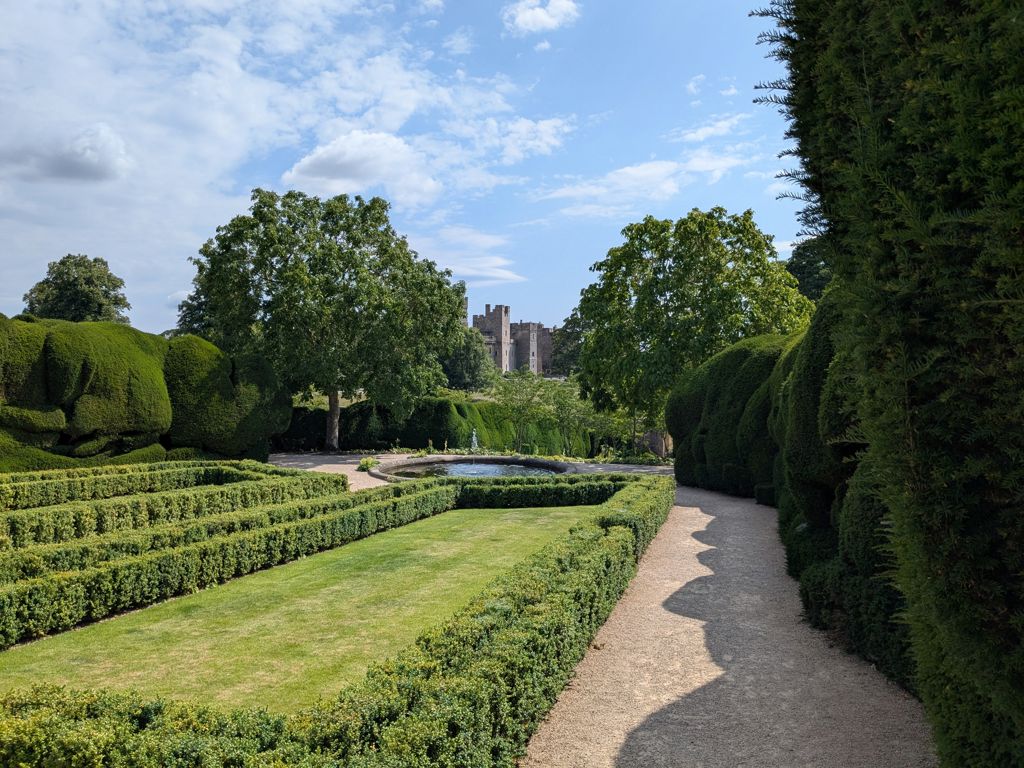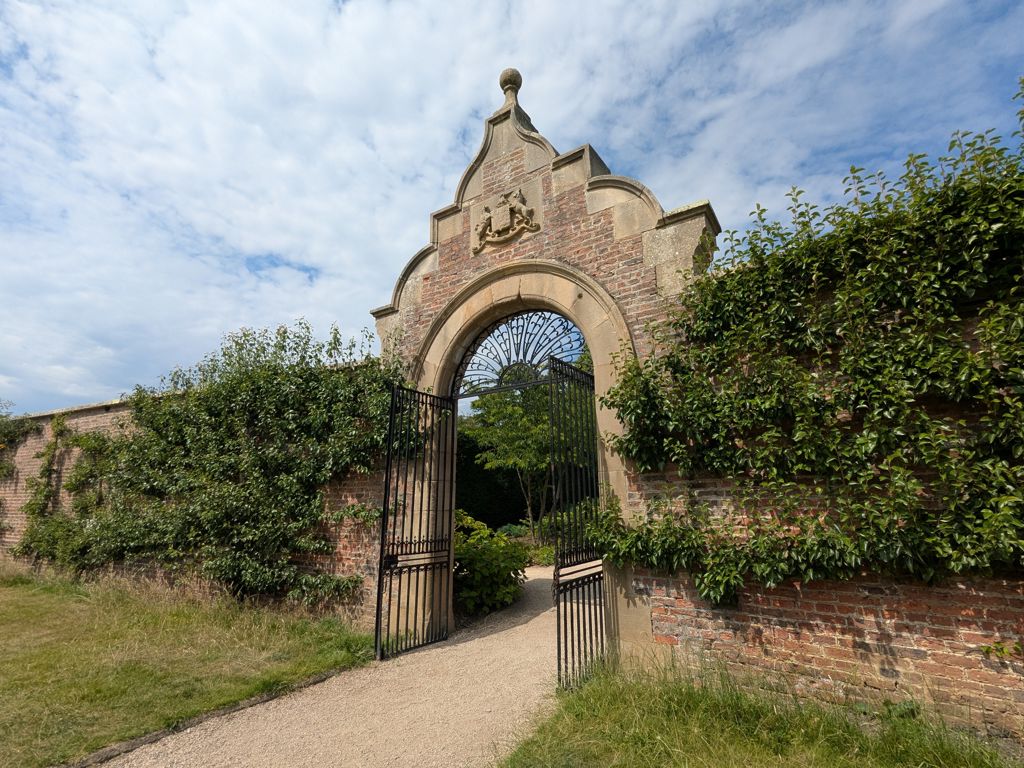Raby Castle

Introduction
Raby Castle, located in County Durham, is one of the most iconic strongholds in Northern England, boasting a rich history stretching back nearly a thousand years. It rose to prominence under the powerful Neville family in the 14th century and later played key roles in the Wars of the Roses, the Rising of the North, and the English Civil War. Passed to the Vane family in the 17th century, it endured periods of neglect, restoration, and transformation into the grand residence seen today.
Click here to watch our video exploring Raby Castle and discover its history.
- Region
- North East, England
- Period
- 14th Century
- Type
- Medieval Castle
- Condition
- Intact
- Ownership
- Private
- Access
- Public - Admission Charge
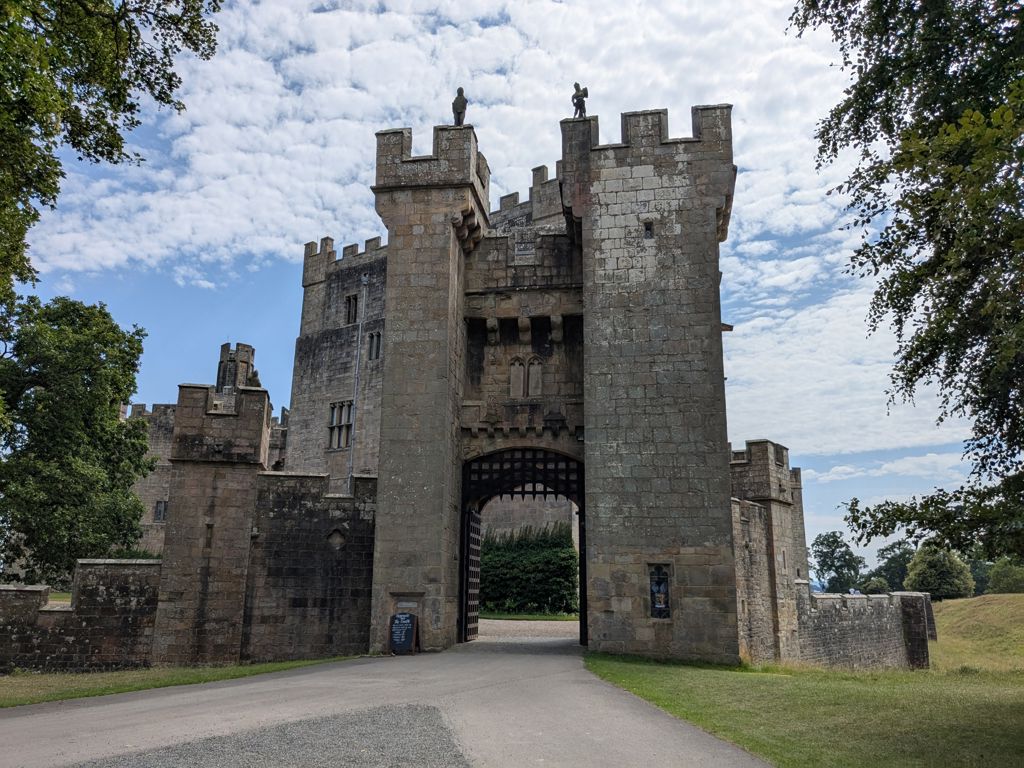
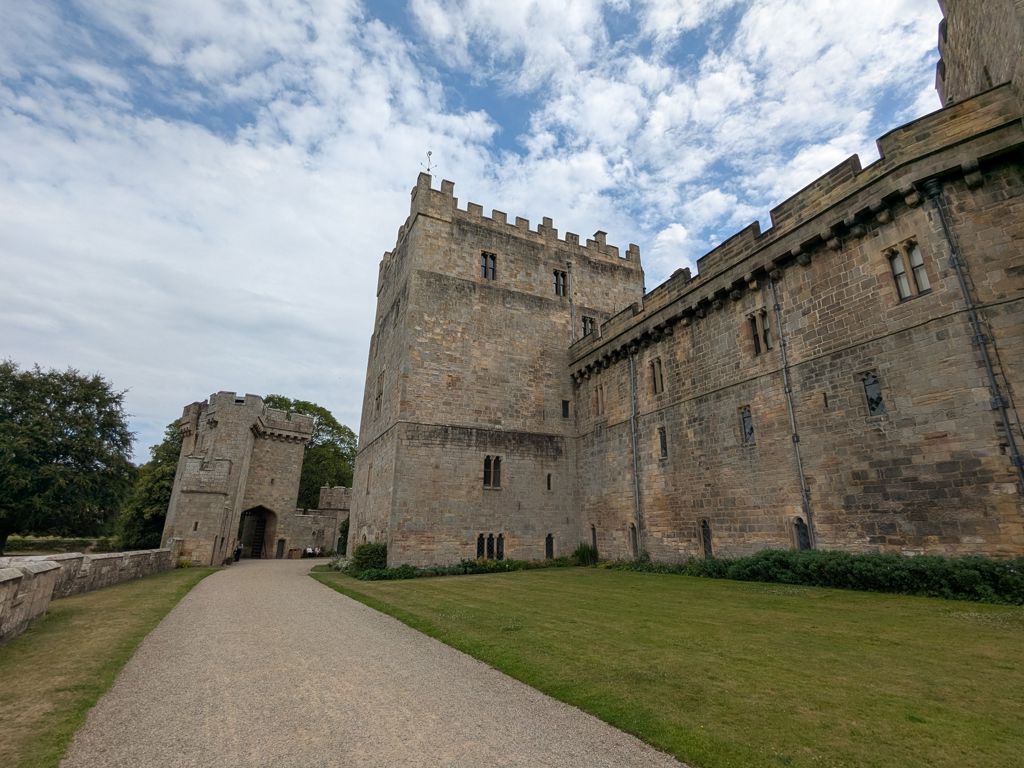
Early History
The Viking Cnut, King of England from 1016 to 1035, owned the lands where Raby is situated. The name Raby, (spelt Rabi originally) originated from the Old Norse language, with ‘Ra’ meaning a boundary and ‘Bi’ meaning a settlement.
Little evidence survives from this period in the 11th century, but it is believed that Cnut may have built some form of structure on the site.
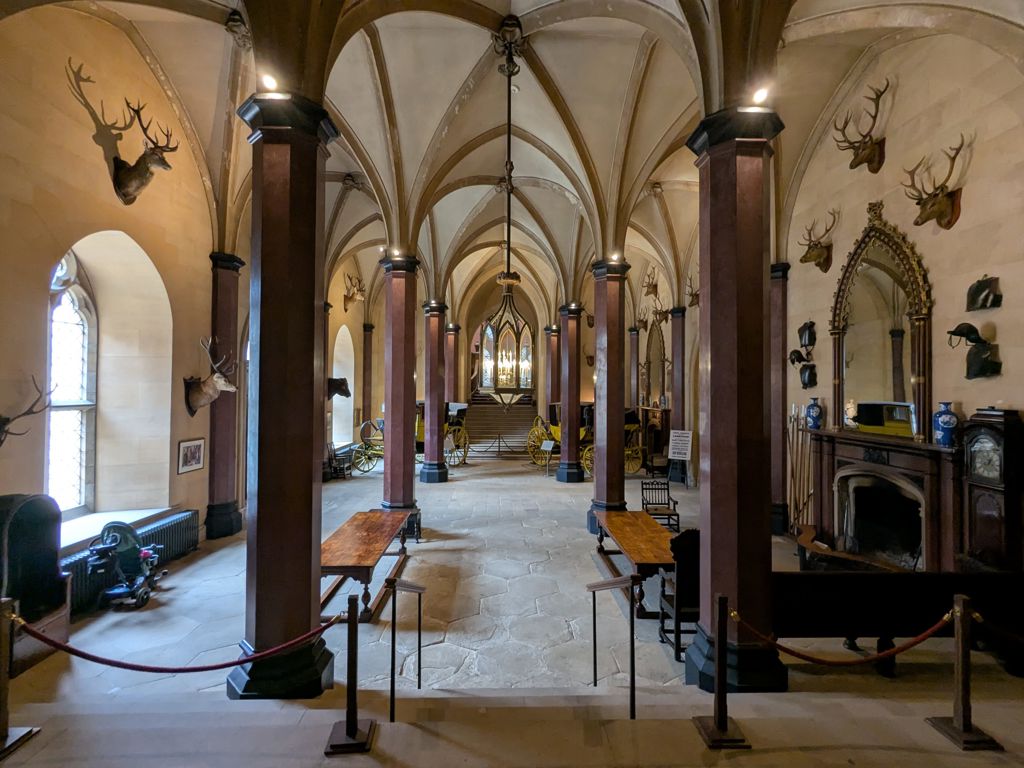
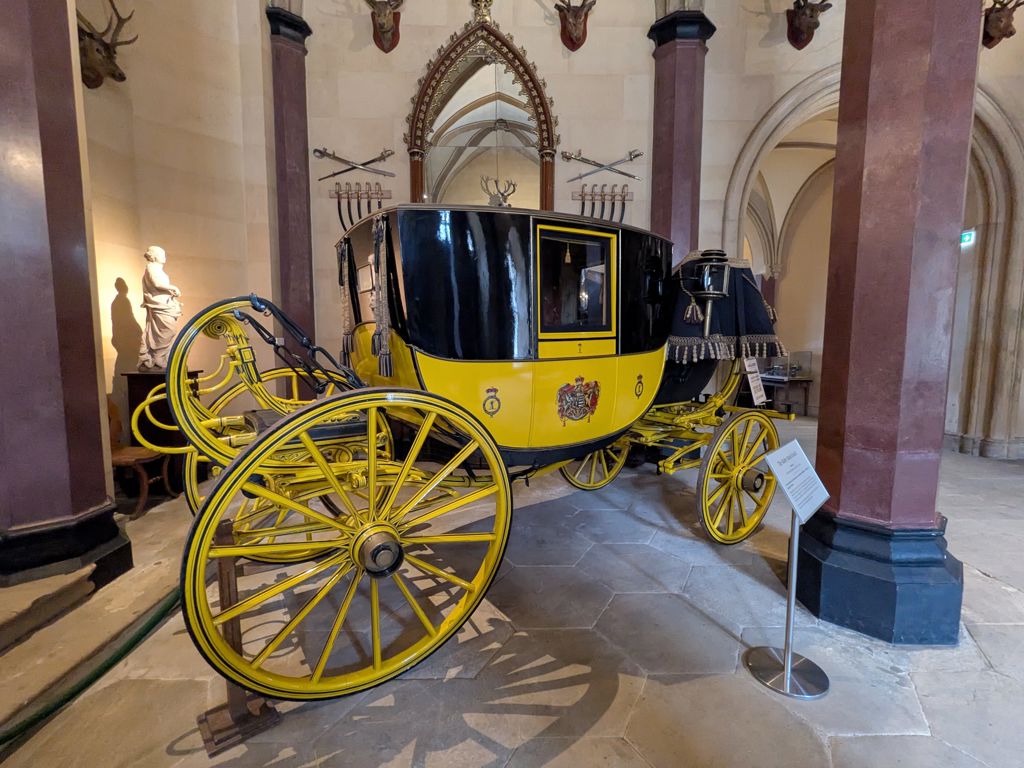
Neville Family
The Neville family first came into ownership of the land at Raby in the late 13th century. The family origins are traced back to the mid 13th century with Geoffrey de Neville, son of Robert FitzMaldred and Isabel de Neville, and Geoffrey adopting his mother’s family name.
At this time, the family had no actual titles, but soon the family was assigned various administrative roles and in 1295, Ralph (Ranulph) Neville, 1st Baron Neville of Raby was the first of the family summoned to Parliament.
John Neville, one of Ralph’s (Ranulph’s) sons, became a member of the household of Thomas Holande, 2nd Earl of Lancaster. This association sparked the family's link with the Earls of Lancaster.
Eventually it was John Neville, 3rd Baron Neville de Raby who built Raby Castle in approximately the 1360s with construction taking a number of decades to complete. Much of what he built during this period in the 14th century still stands today.
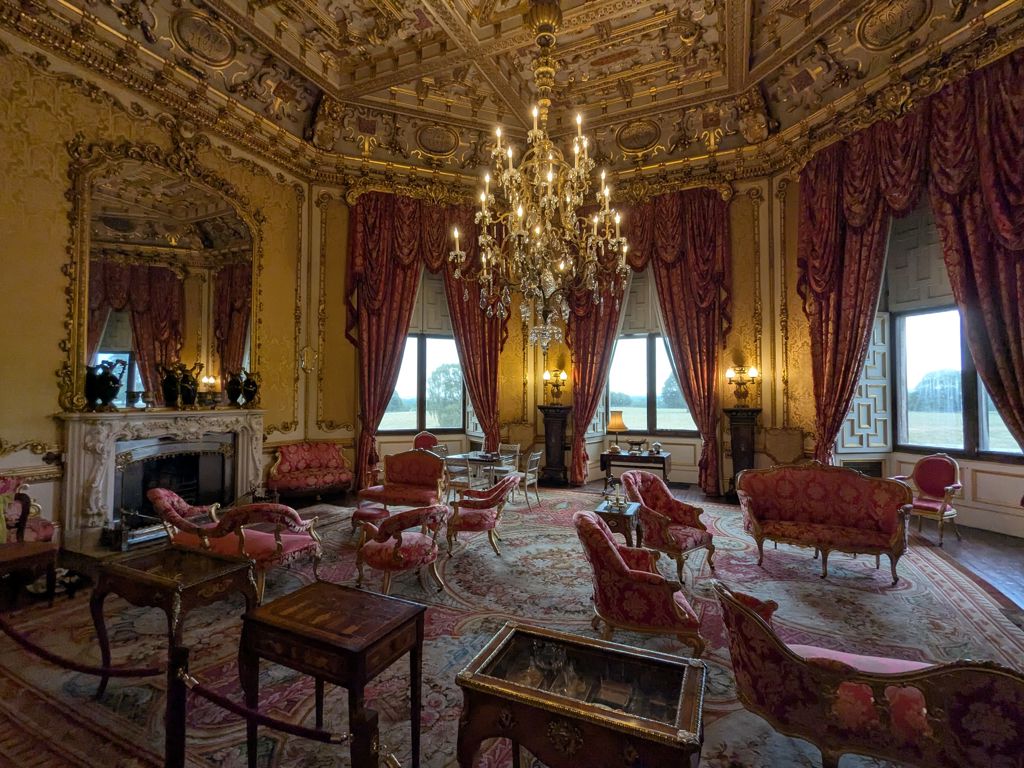
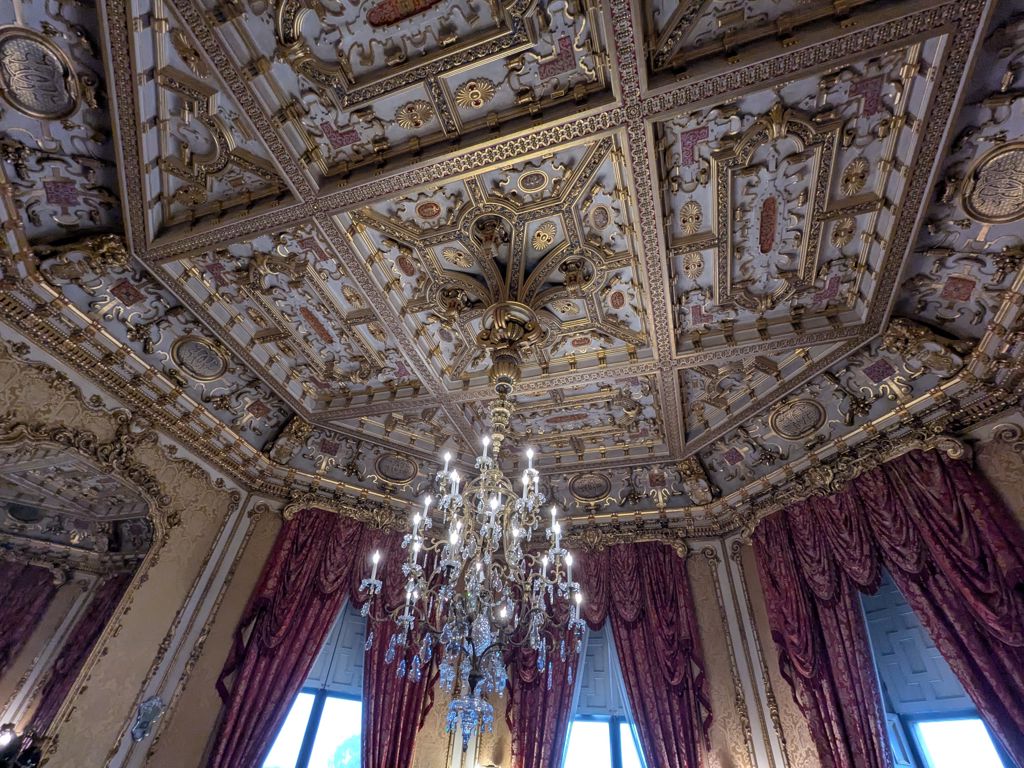
By this time, the Neville family was the most powerful in the north, through a combination of royal and administrative appointments. Raby Castle was built to reflect the family status and in 1378, John sought permission from Thomas Hatfield Bishop of Durham to have the property fortified, turning it from a manor house into a castle. The application was duly granted and the master-mason John Lewyn was commissioned to carry out the work. There is little surviving documentation on the specific dates and details of the castle’s construction, but John died in 1388 and his son, Ralph likely continued the work.
Ralph went on to be made the 1st Earl of Westmorland in 1397, further progressing the family's position.
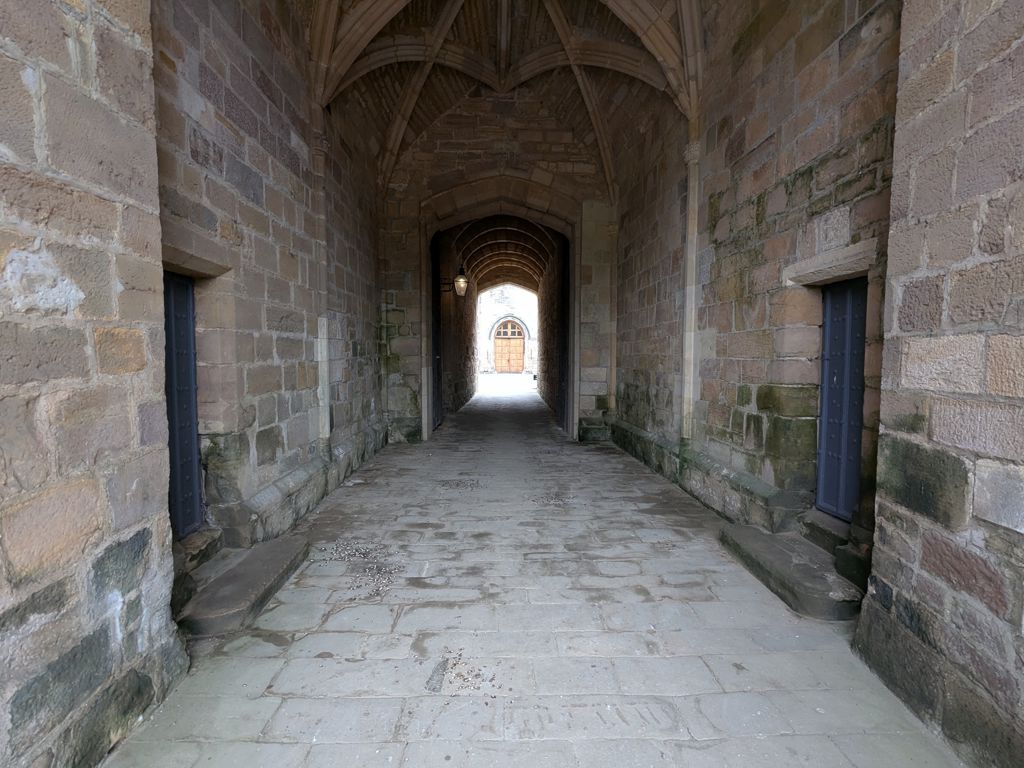
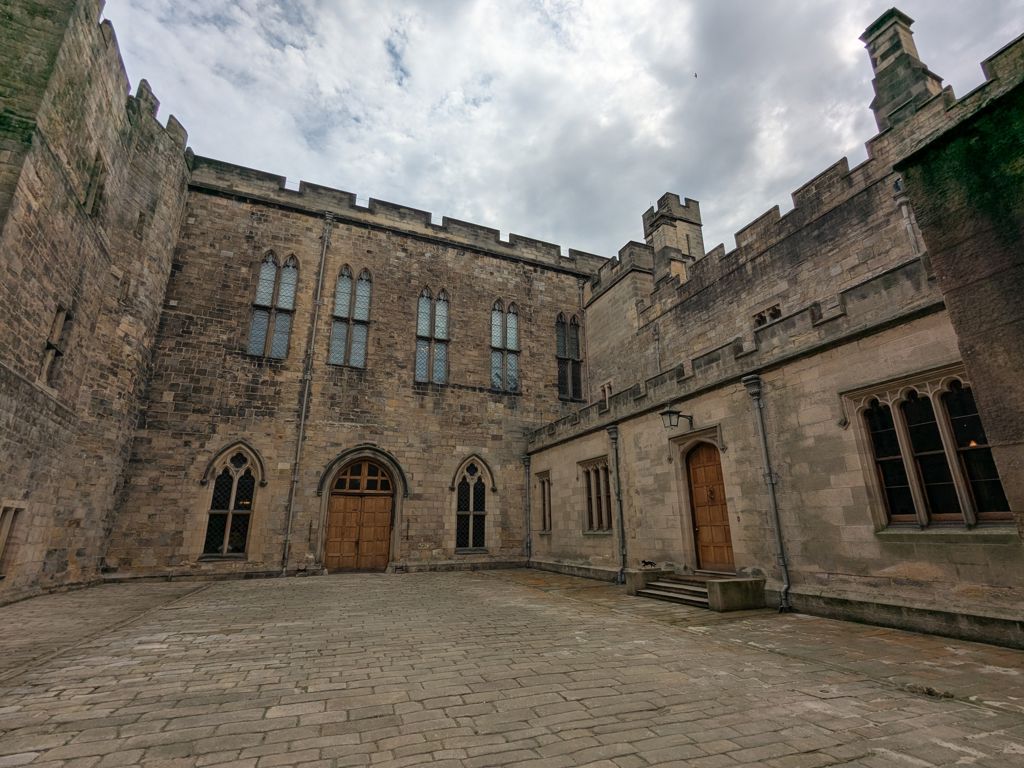
Wars of the Roses
The Neville family were a significant influence during the War of the Roses (1455 - 1487). Ralph’s daughter, Cecily Neville, known as ‘the Rose of Raby’, married Richard Duke of York and two of their sons, Edward IV and Richard III would go on to be crowned king during the conflict.
Richard Neville, 16th Earl of Warwick, who infamously earned his nickname ‘the Kingmaker’, used his wealth and influence to help depose and crown kings during the conflict. Initially Neville was sided with the Yorkists, due to a previous dispute he had with Edmund Beaufort, Duke of Somerset. Somerset was loyal to King Henry VI, so Neville collaborated with Richard, 3rd Duke of York which led to the Yorkists deposing Henry in 1461 with the Duke of York’s eldest son, Edward replacing him, becoming Edward IV.
Later in the war though Richard Neville switched sides to support the Lancastrians, and was instrumental in the reinstatement of Henry VI. Richard Neville had fallen out with Edward, partially due to his secretive marriage with Elizabeth Woodville. At the time Neville was negotiating an alliance with France and had a plan of having a French princess marry Edward. When he learnt of his marriage to Elizabeth Woodville the relationship between the two quickly broke down.
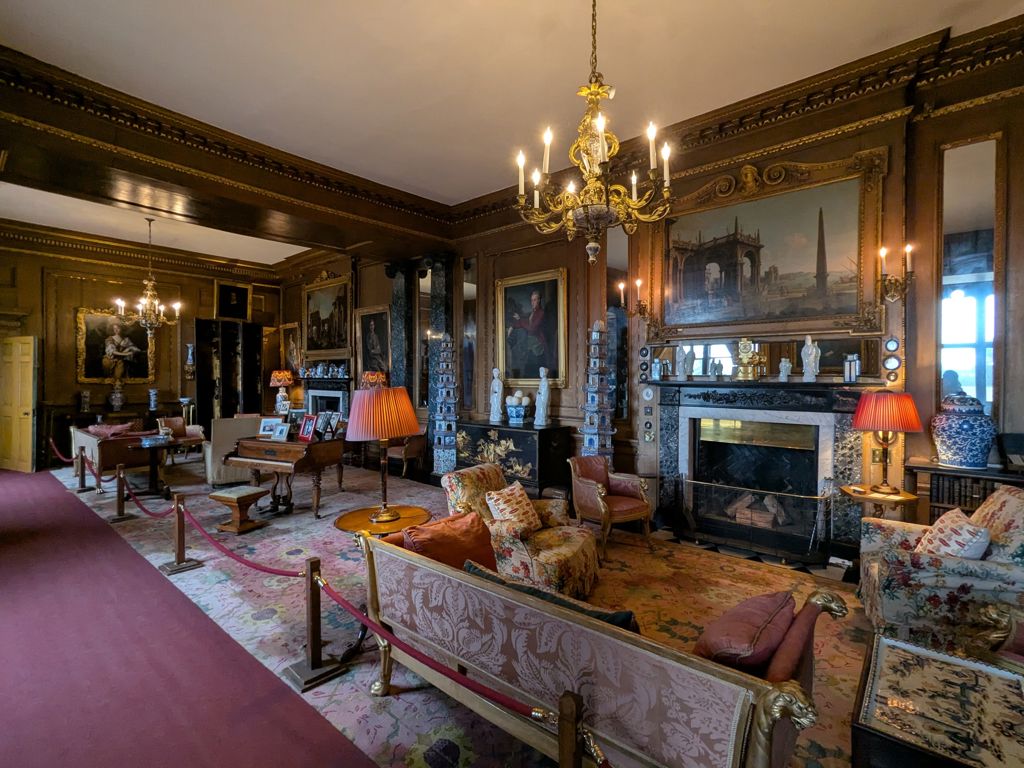
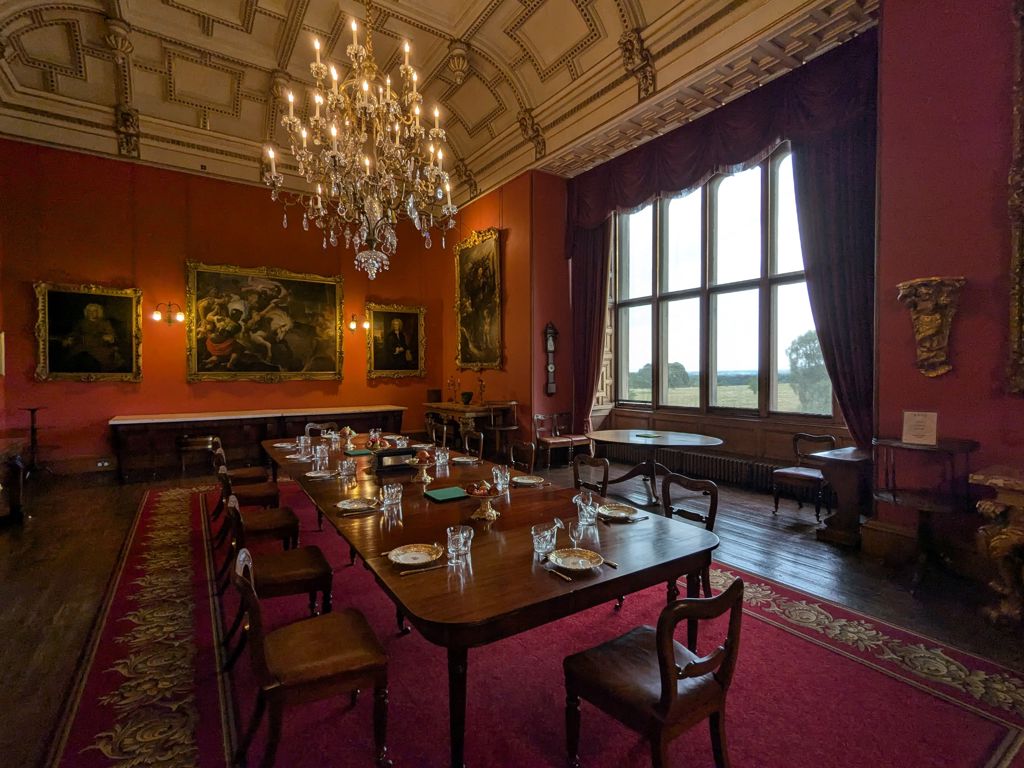
Rising of the North
In 1569 a rebellion known as the Rising of the North broke out when Catholic nobles from Northern England attempted to depose Queen Elizabeth I. The Neville family were devoted Roman Catholics and it was Charles Neville, 6th Earl of Westmorland, and Thomas Percy, 7th Earl of Northumberland who led the rebellion.
The reasoning behind the rebellion was due to a mix of political, religious and dynastic factors. Elizabeth was a Protestant, and the powerful northern nobles who had remained loyal to the Catholic Church during the Protestant Reformation, felt their influence was being lost as the queen often relied on southern Protestant advisors. Many Catholics saw Mary, Queen of Scots as the rightful queen of England and the rebels looked to replace Elizabeth with Mary, restoring Catholicism.
Charles Neville and Thomas Percy initially assembled a force of a few hundred men at Brancepeth Castle in November. The rebel force first marched into Durham, occupying the city. Elizabeth struggled to raise forces to oppose them while the rebel army continued to grow amassing to a size of 6,000 men. The rebels aimed to rescue Mary, Queen of Scots from imprisonment at Tutbury Castle, but failed, so instead moved to Barnard Castle, laying siege resulting in its surrender in December.
Progress of the rebellion began to stall after news that Charles Howard, The Earl of Sussex, and Edward Clinton, 1st Earl of Lincoln had amassed forces of 10,000 and 12,000 men respectively, tasked to deal with the situation. This royal army marched in pursuit of the rebels and knowing how heavily outnumbered they were, Charles Neville and Thomas Percy dispersed their forces, retreated north and fled into Scotland and later went into exile in the Netherlands.
As a result of his rebellious actions, Charles Neville was forced to hand over ownership of Raby Castle to the Crown, and the Neville family was stripped of their lands and ancestral seat. Charles Neville died in 1601 with no male heir, concluding the powerful family’s era after nearly 200 years and ending the senior Neville line.
The Crown held onto the castle for the next few decades until 1626 when it was bought by Sir Henry Vane the Elder. Henry had also purchased Barnard Castle around the same time as Raby Castle, but chose to make Raby Castle his home.
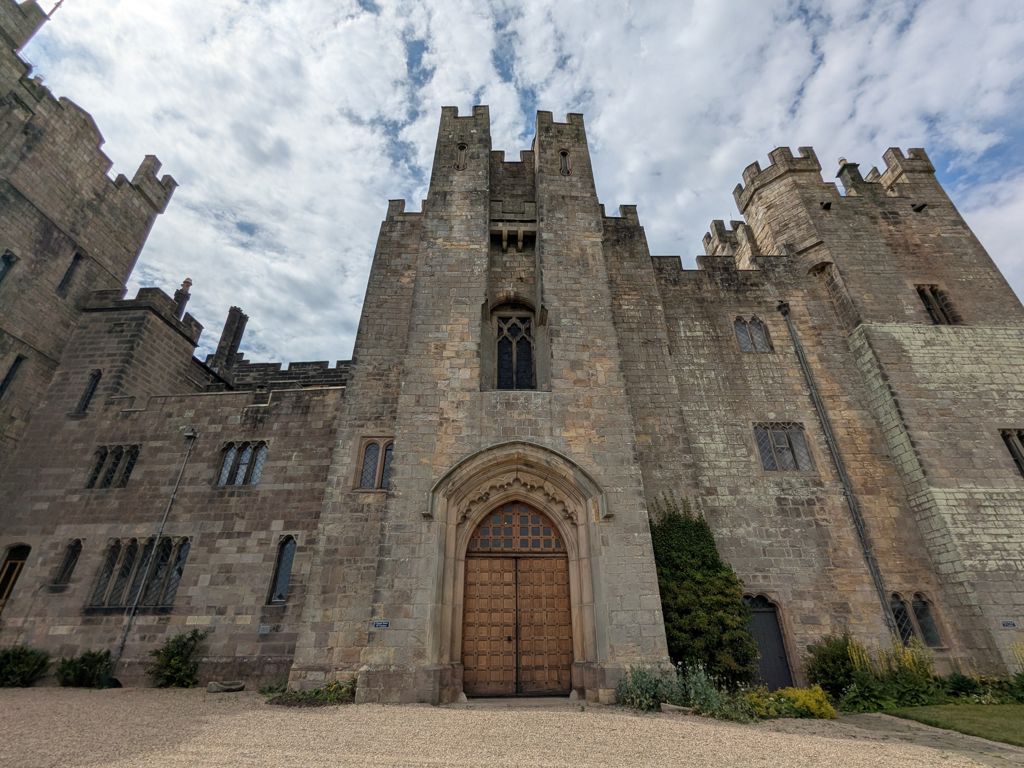
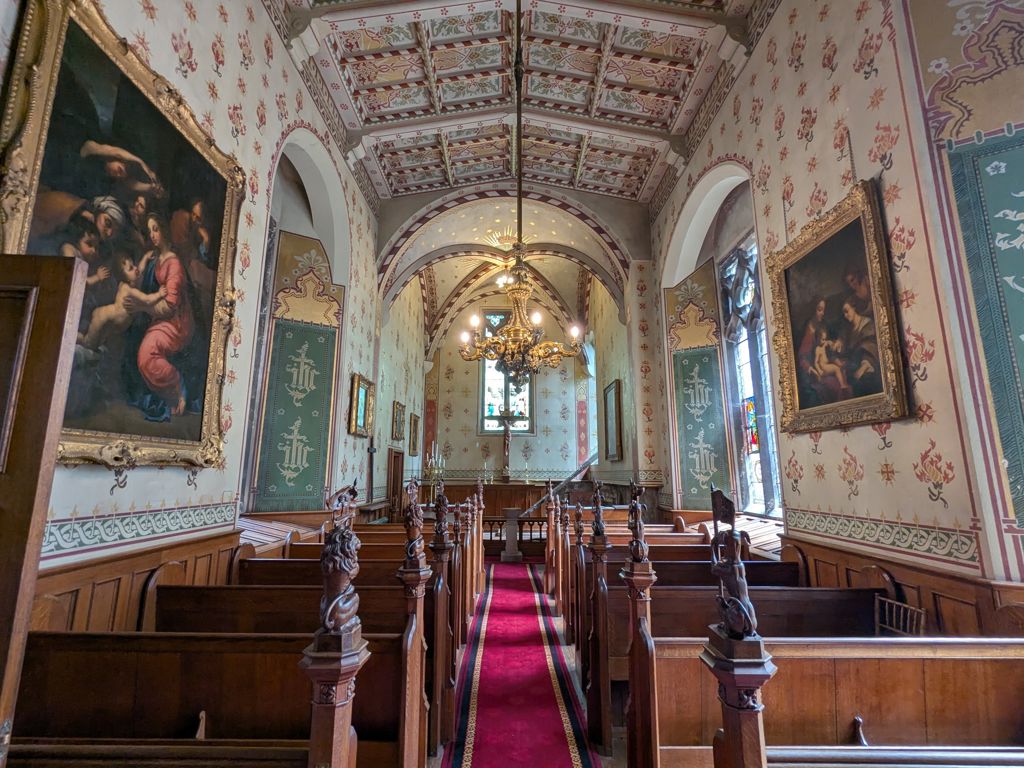
Vane Family
Henry Vane was a politician and was a key figure in King Charles I’s court, with Sir Henry entertaining the king on at least one occasion. After serving multiple Parliaments, he was appointed secretary of state by the king in 1640.
This appointment placed him at odds with Thomas Wentworth, the Earl of Stafford. Wentworth already held a powerful position under Charles’s rule, and a form of rivalry began to bubble-up between the two due to differences of opinion on political matters.
Later that year, Wentworth was put on trial for treason. Henry Vane provided evidence at the trial, stating that Wentworth had suggested to use the Irish army in an English conflict with Scotland, at a time when peace with the Scots was sought after. Henry Vane’s son, Henry Vane the Younger, produced notes that supported the allegations. Wentworth was eventually executed, but the result of this weakened Henry Vane’s position and influence, and Charles dismissed him from his position in 1641.
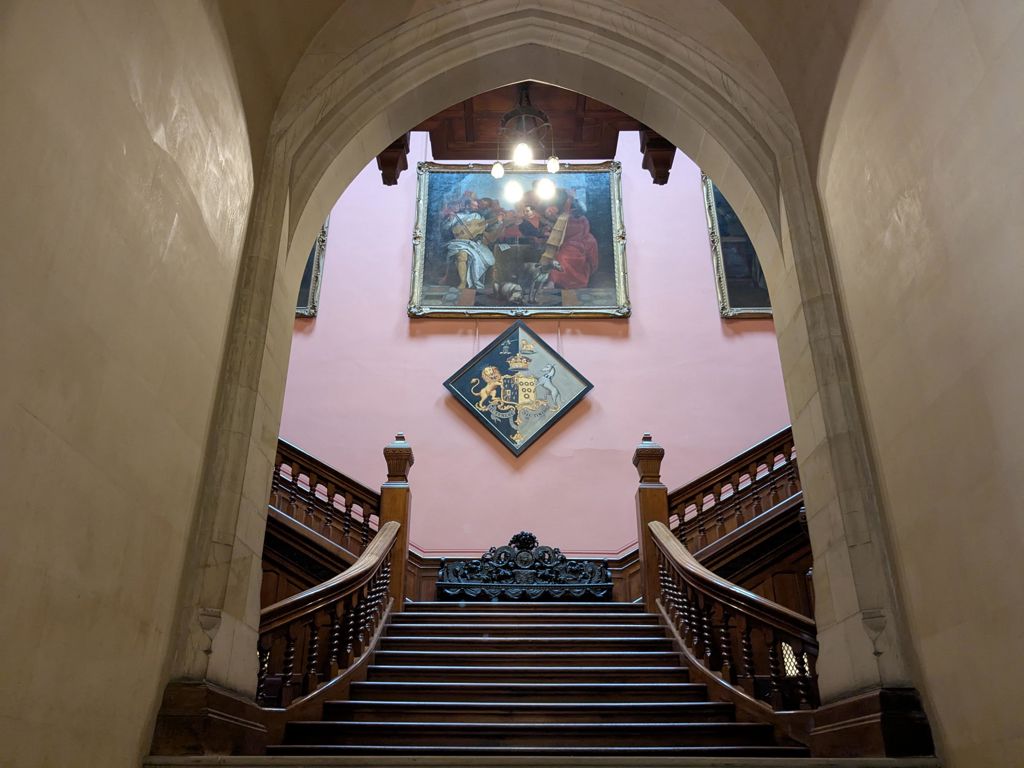
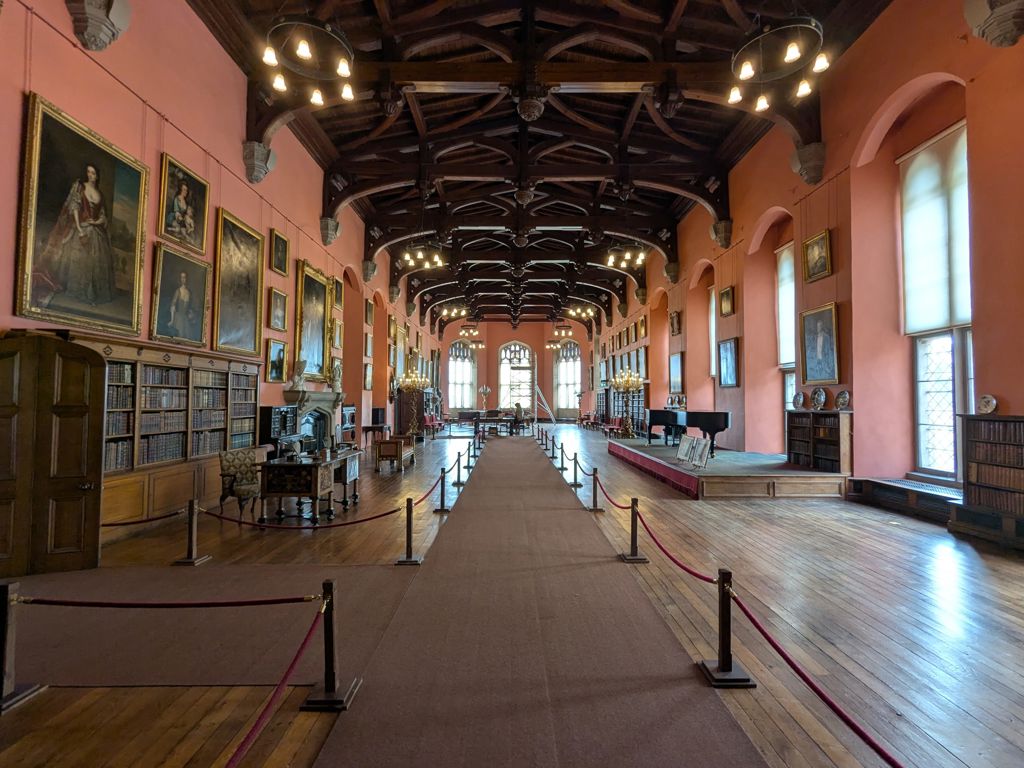
English Civil War
As a result of losing royal favour and his dismissal, Sir Henry sided with the Parliamentarian cause at the outbreak of the English Civil War in 1642. During the war, Raby Castle was held by Sir George Vane, son of Henry, for the Parliamentary forces. The castle was besieged by the Royalists in 1645 and for a 2nd time in 1648. Despite being more of a fortified house rather than a military stronghold, the Royalists were unsuccessful, and the castle only suffered minimal damage throughout the conflict.
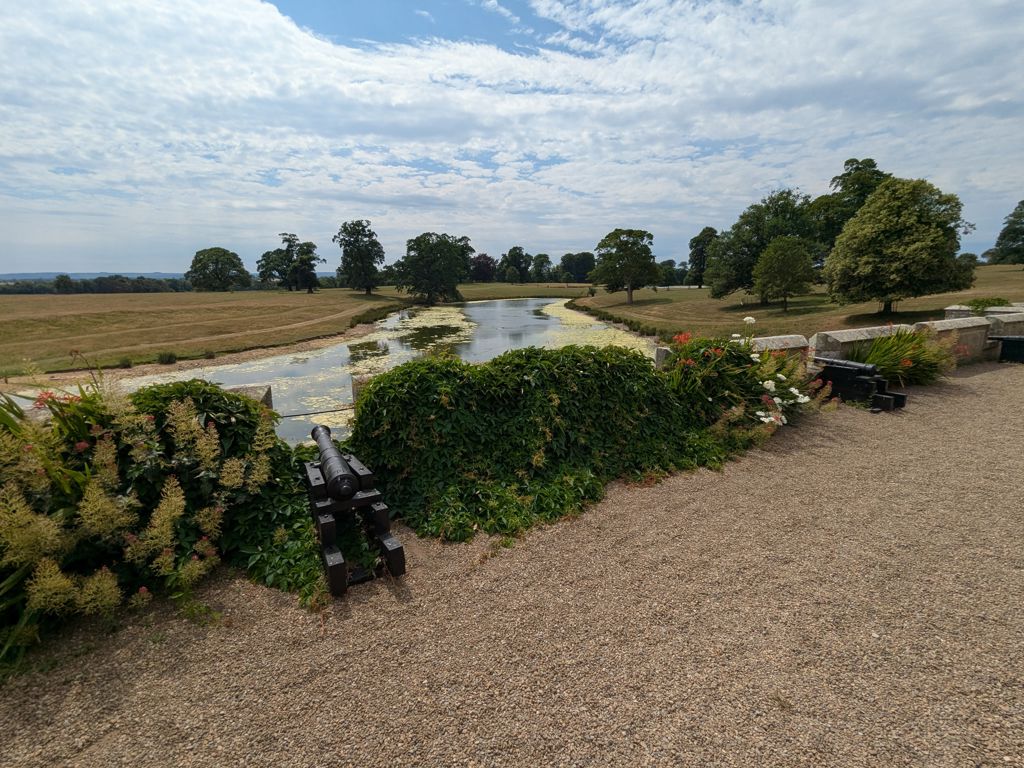
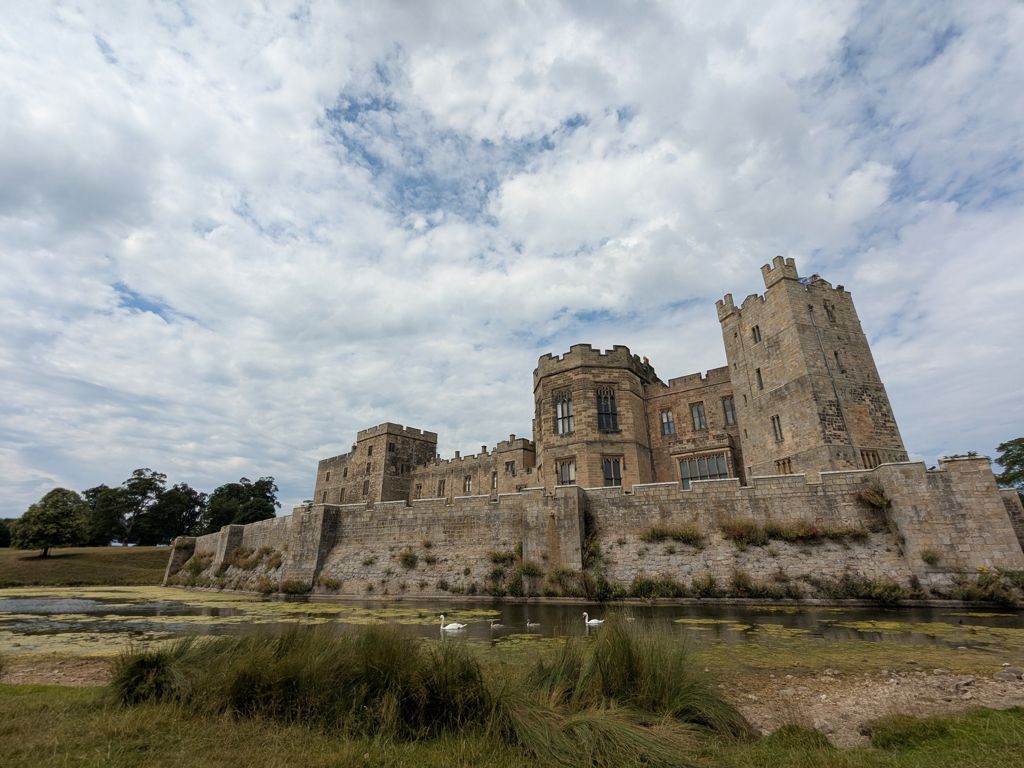
Renovation & Restoration
Sir Henry the Elder went on to repair the little damage that was sustained during the war but for the next number of years the castle remained unchanged seeing only minor repairs when needed. Unlike so many other castles and fortifications, Raby Castle avoided any sort of deliberate damage to undermine its defensive features. This process, known as slighting, sadly befell many other military structures after the Civil War.
It wasn’t until the 18th through to the 19th centuries did the castle receive significant renovations and alterations, during a number of separate phases.
The first phase was by ‘accident’ when in 1714 the owner, Sir Christopher Vane, 1st Baron Barnard, and his wife Elizabeth, who was nicknamed ‘Old Hell-Cat’, hired workmen to strip the Castle of its metals, glass, doors and furniture, and plough up the parkland. The reason for this seemingly strange behaviour was due to Christopher and Elizabeth being enraged that their son and heir Gilbert had married Mary Randyll, a woman with no title. They wanted to destroy his inheritance and as a result of this altercation, Gilbert sued Christopher for the damage which was subsequently repaired when Gilbert inherited the castle.
The next phases of renovation were more planned, starting firstly with Henry Vane, 3rd Baron Barnard and 1st Earl of Darlington. Henry employed the services of the architect James Paine who was later renowned for work he’d carried out at Chatsworth House, Kedleston Hall and Thorndon Hall. Paine carried out repairs, improvements and transformed the interior.
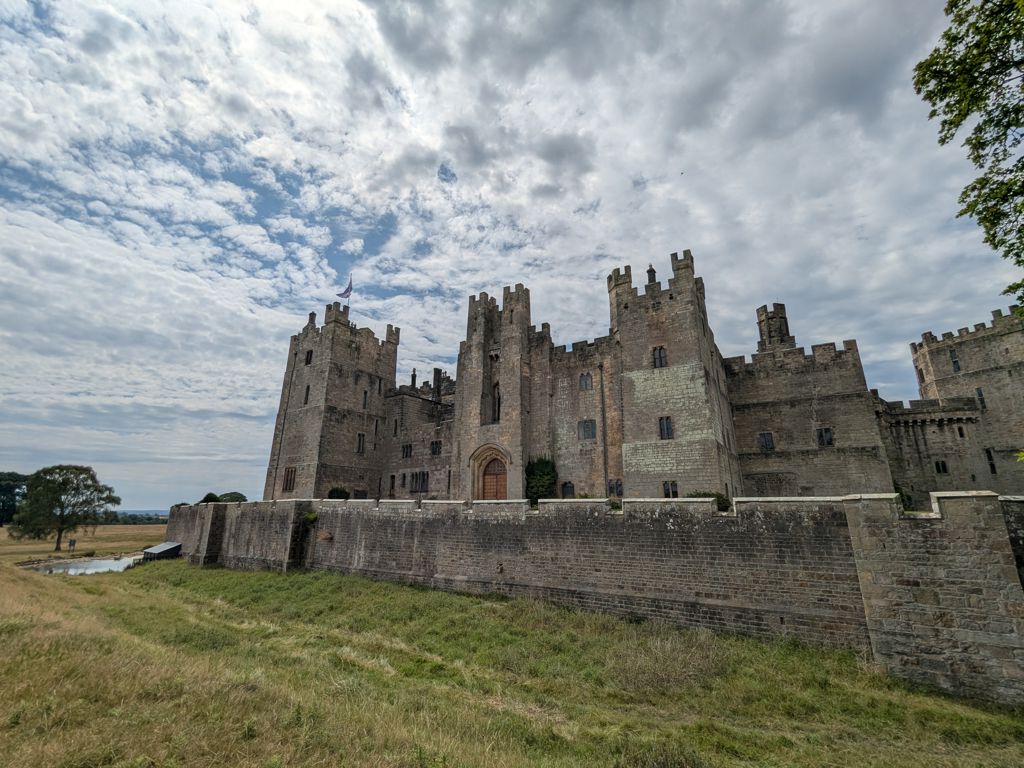
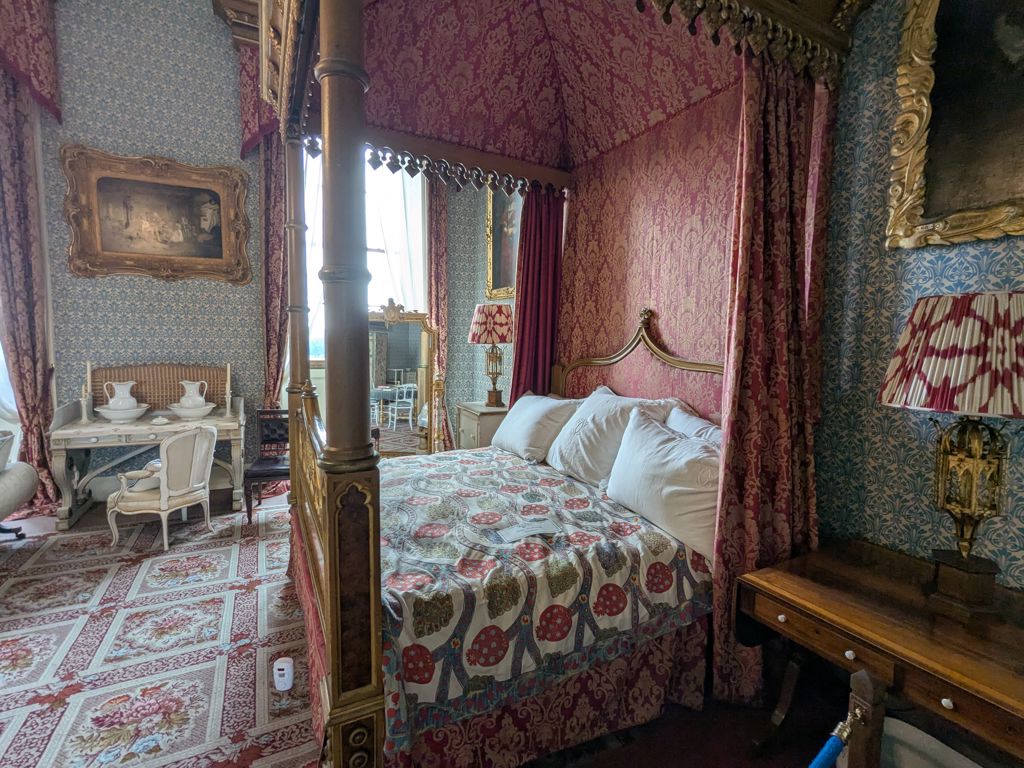
This was followed by further improvements starting in 1768 by Henry’s son Henry, 4th Baron Barnard and 2nd Earl of Darlington. Henry employed architect John Carr to continue the transformation work. This included the construction of a round tower that replaced a previous tower that had burnt down, and a Gothic designed entrance hall. The entrance hall was built so that carriages could enter and exit the hall, avoiding the courtyard that was now too small for the larger modern carriages to turn in.
The final major rebuilding work began in 1843 when (another) Henry Vane, 6th Baron Barnard and 2nd Duke of Cleveland hired architect William Burn to work on Raby for the next 10 years. Burns carried out a number of alterations which included the conversion of the round tower that Carr had built into the spectacular Octagon Drawing Room.
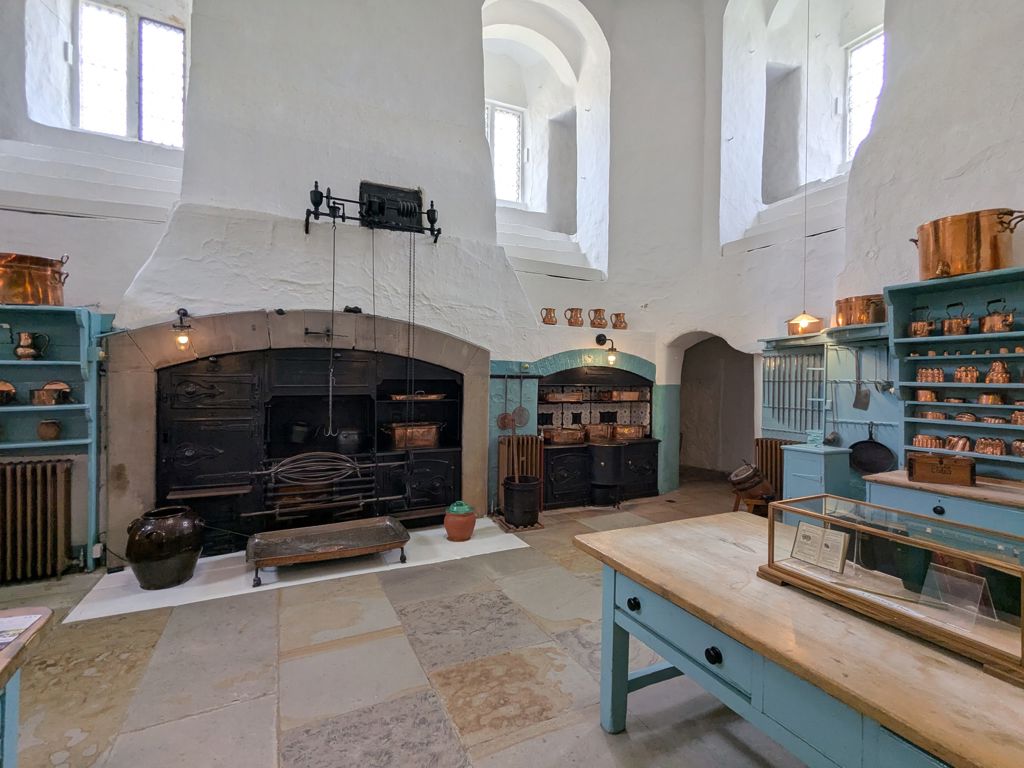
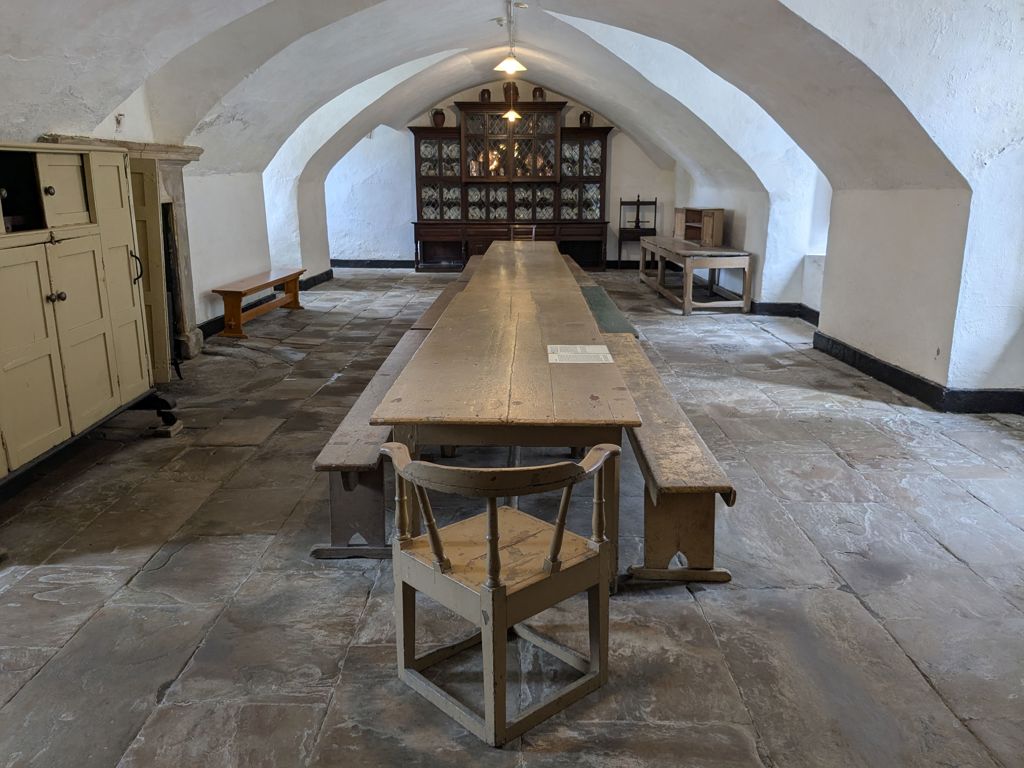
Modern Day
After Burns' work was complete, relatively few changes were made for the next 100 years. By the 20th century features of the Octagon Drawing Room were starting to show signs of wear-and-tear and sunlight damage. In 1993 John Vane, 11th Baron Barnard commenced a restoration plan to return the room to how it would have looked when first built. This project took five years to complete.
Today Raby Castle is still the private residence and seat of the Vane family, and is classed as a Grade I listed building. At time of writing the castle is open to the public seasonally from March to October, with the gardens and deer park open all year around.
Raby Castle has appeared on screen in the form of both film and TV. It was used as a filming location for the Oscar winning 1998 film Elizabeth, starring Cate Blanchett and the 2019 war film 2017. On TV it has featured on the series Sky Atlantic’s Britannia and ITV’s Victoria.
